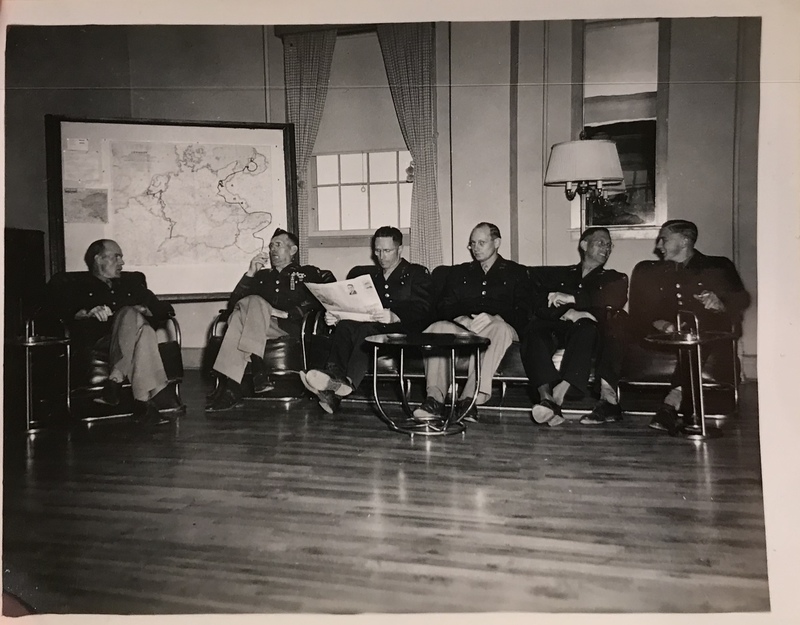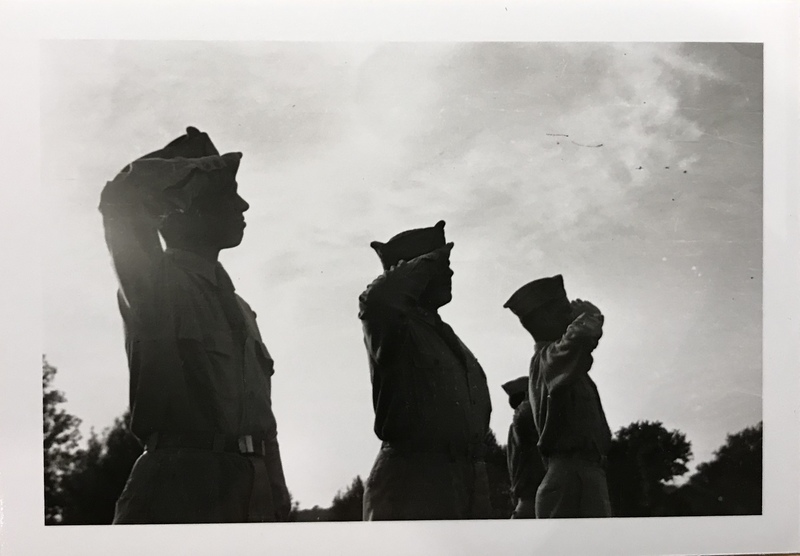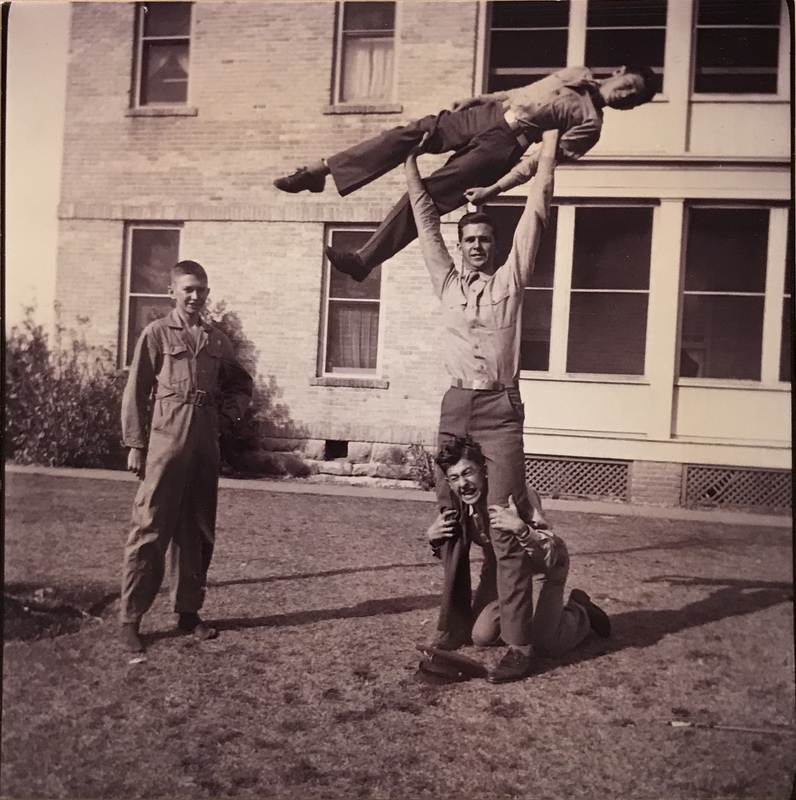Discipline
In the beginning of St. Edward’s Military Academy, Reverend Thomas P. Jones (also known as Captain) was actively looking for well-constructed advice on regulations from other military academies throughout the United States, specifically information on how to instill military style discipline. Captain Jones was the adjutant at the military academy at that time.
The faculty cadre of St. Edward’s Military Academy were understandably new to a military regimen and needed assistance for making the right steps to become a respected military academy. The responses they received were accommodating, encouraging and set a tone that resonated the notion that the whole country was working together to fight World War II. The response from Marmion Military Academy located in Auora, Illinois, was one of the most thought out and well written. Marmion Military Academy responded by attaching a copy of their Cadets’ Handbook noting where Captain Jones could easily find disciplinary regulations throughout the handbook.[23]
Lieutentant Colonel Rami Hajjar is an assistant professor at West Point in the Department of Behavioral Sciences and Leadership. According to Hajjar, self-discipline correlates with, “attendance, homework completion, and adherence to military codes.”[24] Although Captain Jones was around before Hajjar's time, the steps he took to develop discipline at St. Edward's Military Academy were paralell to what Hajjar stated above. To structure their discipline regimen, Captain Jones had to understand what positively impacted the Cadets in order for them to avoid being disciplined.
Although disciplinary regulations were stated within the handbook of regulations, the actual discipline reports seemed to be dependent on the personality of the Cadet rather than the small infractions that one Cadet could add up. Often times Cadets were put on Special Interest for belief that the Cadet was trying to do better.[25]
The attendance policy at St. Edward’s Military Academy demanded all Cadets be present at any and all of the school functions, daily classes, and exercises. Acquiring “[t]wo unexcused absences in any one class," the regulations warned "will result in the loss of credit in that class.”[26] This rule of attendance demonstrates just how much Captain Jones believed in the importance of attendance, but this did not discourage Cadets from slacking in class and landing themselves on probation.
In the first six weeks in the second semester of the 1943-44 school year, 66.65% of Freshmen, 68.17% of Sophomores, 46.55% of Juniors, and 48.13% of Seniors were on probation.[27] If a Cadet had a grade below a 70 percent average, the Cadet would then be put on probation and would require a written analysis from their teachers to be given to Reverend James P. Gibbons, a lieutenant colonel at St. Edward's, on their performance in class.[28] This did not prevent a handful of Cadets from failing classes, as of November 30th, 1943, nine Cadets’ teachers were required to report to Lieutenant Colonel Gibbons.[29]
Although probation numbers were high at St. Edward’s Military Academy, they did in fact became a model for other military academies to emulate.


